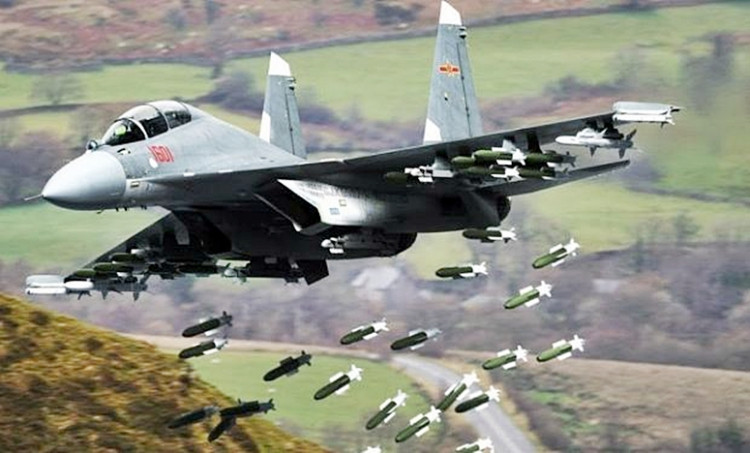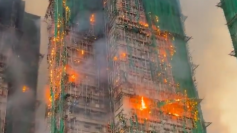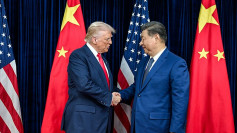China will soon deploy an entire squadron of its Shenyang J-16 strike fighter to airbases along its coast facing the Republic of China (Taiwan) in another sign an invasion of the democratic island might be in the offing.
Mainland Chinese military analysts agree the J-16 was developed specifically to support an amphibious mainland invasion of Taiwan. The two-man, twin-engine heavy fighter is optimized for ground attack missions and can carry practically the entire range of air-to-ground and freefall bombs in the inventory of the People's Liberation Army Air Force (PLAAF). It can also undertake anti-shipping missions.
"The J-16 has surely been primarily developed for assaults on Taiwan," said Antony Wong Dong, a military analyst based in Macau. "It won't be long before we see J-16 fighter jets carrying out the mission of flying around Taiwan."
His claim is being buttressed by mounting speculation the J-16 will replace the Sukhoi Su-30 in the PLAAF's elite 3rd Fighter Aviation Division, which is stationed in airbases covering Taiwan and the East China Sea.
In recent months, the PLAAF has sent more aerial patrols to the vicinity of Taiwan to show its "capability to defend national sovereignty and territorial integrity," said the mainland's Ministry of Defense. The two-seat J-16 hasn't been involved in these missions - so far.
But J-16s did take part in a large combat training exercise but not a combat patrol, as reported by Chinese state-owned media. The announcement said a squadron of J-16s conducted the combat training exercise along with Chengdu J-10 multi-role fighters; Shenyang J-11B air superiority fighters and Sukhoi Su-30 multi-role fighters.
The exercise was a solid step towards comprehensive combat capability, according to a PLAAF statement issued Aug. 2, which did not specify the date or location of the drill.
The exercise was likely a step before the J-16 is considered combat ready, surmised Song Zhongping, a Hong Kong-based military analyst.
Song said it will take some time to improve -- not just the J-16 itself, but how it integrates into the whole system and how it works with other fighter jets and support planes on a mission.
China has only produced some 50 J-16s since the type entered PLAAF service in 2013. The J-16s in operational service with the PLAAF is powered by two underpowered WS-10A engines. An engine upgrade is necessary to enable the new plane to meet its design potential.






